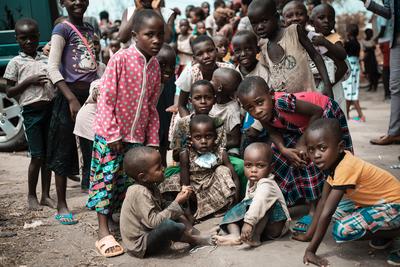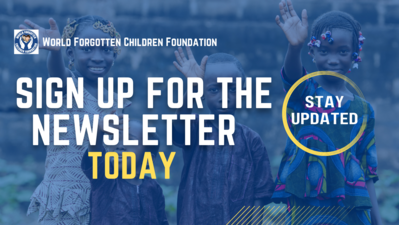
Although antiretrovirals have increasingly become seen as life-saving medication for people living with AIDS, there has been a wide discrepancy in the number of children with AIDS receiving the medication when compared to infected adults. Only half (52%) of children infected with AIDS are on antiretrovirals, compared to around three-quarters (76%) of adults receiving the life-saving treatment, according to data released in the UNAIDS Global AIDS Update 2022. Due to the widening discrepancy in treatment for infected children and infected adults, UNAIDS, UNICEF, WHO and other partners are teaming up to form a global alliance to put a stop to children living with HIV with no treatment and to prevent any new infant HIV infections (WHO, 2022).
“To succeed, we need a healthy, informed generation of young people who feel free to talk about HIV, and to get the services and support they need to protect themselves and their children from HIV,” said Nteko from Lesotho, who was talking about her journey from a shocking HIV diagnosis to leading and spearheading the mothers2mothers program to combat the gestational transmission of HIV. “mothers2mothers has achieved virtual elimination of mother-to-child transmission of HIV for our enrolled clients for eight consecutive years- showing what is possible when we let women and communities create solutions tailored to their realities.” During her talk, Ms. Netko focused on community leadership. Now, that hope will be backed by an international coalition (UN, 2022).

Talks between the partners in the alliance established four main pillars for collective action to be taken through international cooperation:
1) Close the treatment gap: there is currently a gap for pregnant and breastfeeding adolescent girls and women living with HIV, and closing that cap is paramount to fighting HIV. Also, optimizing the continuity of treatment within this context is important
2) Prevention and detection: having resources to prevent and detect new HIV infections in pregnant and breastfeeding adolescent girls and women
3) Accessibility: It is important to have testing that is accessible, optimized treatment and comprehensive care for infants, children and adolescents exposed to and living with HIV
4) Rights and equality: focusing resources to address rights, gender equality and other social and structural barriers that will lead to hindering access to services (WHO, 2022)
Twelve countries have joined the alliance that include: Angola, Cameroon, Côte d’Ivoire, the Democratic Republic of the Congo, Kenya, Mozambique, Nigeria, South Africa, Tanzania, Uganda, Zambia, and Zimbabwe (Al Arabiya English, 2022).
“The wide gap in treatment coverage between children and adults is an outrage,” said UNAIDS Executive Director Winnie Byanyima. “Through this alliance, we will channel that outrage into action. By bringing together new improved medicines, new political commitment, and the determined activism of communities, we can be the generation who ends AIDS in children. We can win this- but we can only win together” (Al Arabiya English, 2022).
The hope from the alliance is that international cooperation focusing on localizing solutions will stimulate innovation and technical activism that will result in solving this issue. Emphasizing the disparity in treatment between children and adults and showcasing the barriers that result in this disparity is hoped to push many to action.
In 2006, WFCF provided funds to Baylor International Pediatric AIDS Initiative (BIPAI) at the University Baylor Medical Center in Texas. The funding was used to support two facilities, Lesotho Care and Treatment Center & Swaziland Care and Treatment Center. The funds were specifically used for the care and medical treatment of orphaned children with AIDS. Read more about this project!

You, too, can help fight to protect children’s rights, safety and health by donating to WFCF today!
References:
Al Arabiya English, A. A. (2022). UN agencies launch New Global Alliance TO END AIDS in children by 2030. Al Arabiya English. https://english.alarabiya.net/News/world/2022/08/02/UN-agencies-launch-new-global-alliance-to-end-AIDS-in-children-by-2030
UN. (2022). New Global Alliance launched to end AIDS in children by 2030 | | UN news. United Nations. https://news.un.org/en/story/2022/08/1123762
WHO. (2022). New Global Alliance launched to end AIDS in children by 2030. World Health Organization. https://www.who.int/news/item/02-08-2022-new-global-alliance-launched-to-end-aids-in-children-by-2030


